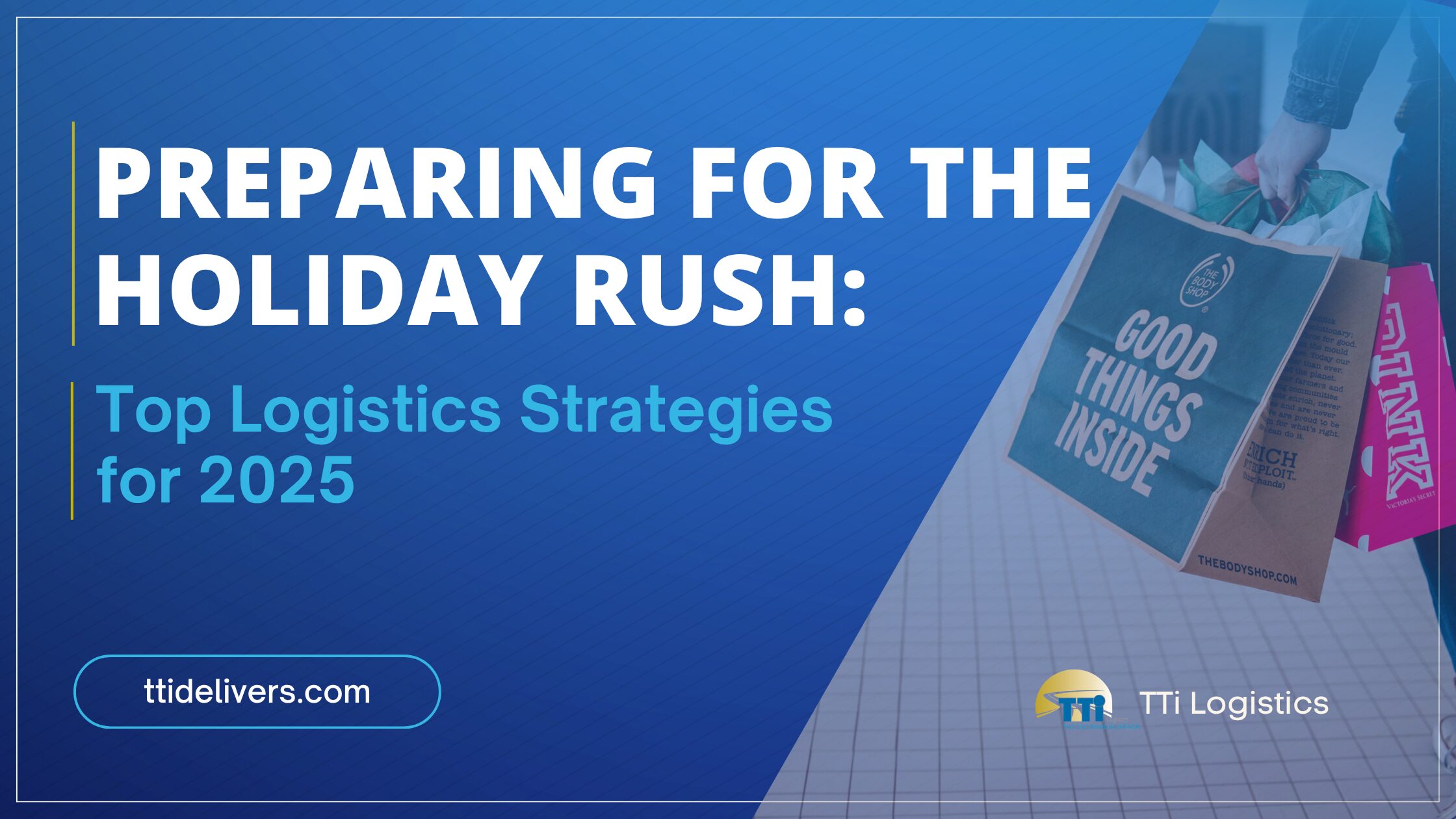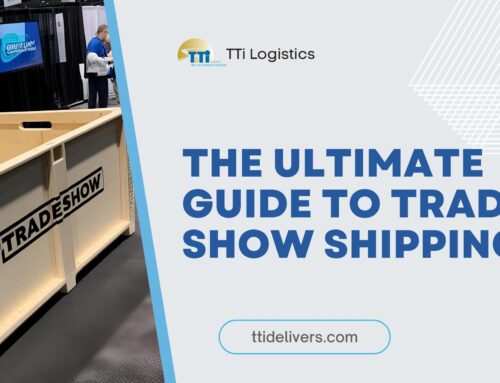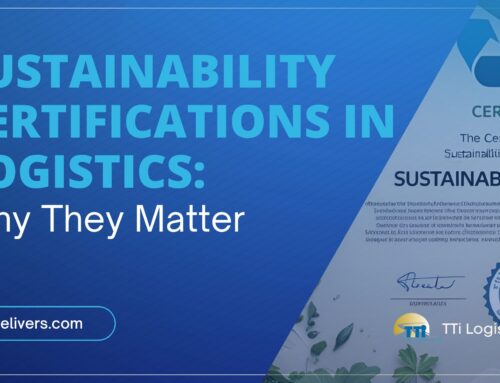Preparing for the 2025 Peak Season
The holiday season is a make-or-break moment for retailers, distributors, and logistics providers. With consumer expectations at an all-time high and e-commerce continuing to dominate, 2025 is shaping up to be one of the busiest years yet for supply chains. To stay ahead, businesses need to adopt proactive, tech-driven, and flexible holiday logistics strategies that ensure seamless operations from the warehouse to the customer’s doorstep.
Why the Holidays Demand Smarter Logistics
In this guide, we’ll explore the top holiday logistics strategies you need to prepare for the seasonal surge, reduce costs, and deliver on time every time.
1. Start Planning Early and Forecast Demand Accurately
One of the most effective holiday logistics strategies is early planning. The earlier you forecast demand and solidify your logistics plan, the better equipped you’ll be to handle unexpected challenges.
Retailers and suppliers should review historical data, current trends, and consumer behavior insights to project order volumes accurately. Using AI-driven forecasting tools can help predict which products will see the highest demand spikes and when. This level of precision allows you to optimize inventory placement, labor scheduling, and transportation needs ahead of time.
By implementing predictive analytics into your holiday logistics strategies, you can avoid the pitfalls of stockouts, overstocking, and last-minute shipping chaos that plague many businesses each year.
2. Strengthen Supplier and Carrier Relationships
Building strong partnerships is essential to the success of your holiday logistics strategies. The holiday season brings tighter capacity, longer lead times, and increased competition for transportation resources. Partnering with reliable logistics providers early ensures you’ll have secured lanes, preferred pricing, and dependable service during peak periods.
Establish clear communication channels with your carriers and suppliers. Regular updates and shared visibility platforms make it easier to address potential disruptions—such as weather delays or port congestion—before they impact delivery schedules.
At TTi Logistics, for example, long-term partnerships with carriers and clients allow for flexible routing, last-mile precision, and guaranteed delivery windows—core components of effective holiday logistics strategies.
3. Optimize Warehousing and Fulfillment Operations
Warehousing efficiency can make or break your holiday logistics strategies. To meet increased demand, companies need to enhance fulfillment speed without compromising accuracy.
Consider adding short-term warehousing solutions or pop-up fulfillment centers near major customer hubs. This reduces transit times and transportation costs while improving delivery reliability. Cross-docking can also help minimize storage time, ensuring products move directly from inbound shipments to outbound carriers.
TTi Logistics is proud to be a partner of UniGroup, giving us access to over 700 warehouses nationwide. This expansive network ensures that no matter where your inventory or shipping needs are located, there will always be warehouse options available to support your holiday operations. This nationwide reach adds incredible flexibility to your holiday logistics strategies, helping you position inventory closer to customers and keep deliveries on schedule.
Automation is another powerful addition to modern holiday logistics strategies. Implementing robotics for picking and packing, or using warehouse management systems (WMS) that integrate with real-time inventory data, can significantly boost throughput while reducing human error.
4. Focus on Last-Mile Delivery Excellence
Last-mile delivery is the final—and often most critical—component of your holiday logistics strategies. Consumers now expect same-day or next-day delivery as a standard service, especially during the holidays.
To meet these expectations, businesses are turning to a mix of solutions: local fulfillment centers, crowdsourced delivery networks, and route optimization software. These tools enable faster, more cost-efficient deliveries while reducing fuel consumption and carbon footprint.
Another key component of last-mile holiday logistics strategies is communication. Keeping customers informed with real-time tracking and delivery notifications builds trust and enhances satisfaction. Even in cases of delay, transparency can turn a potential complaint into a positive customer experience.
5. Build Flexibility into Your Transportation Network
The best holiday logistics strategies account for uncertainty. From fluctuating fuel prices to sudden weather events, disruptions are inevitable. Building flexibility into your transportation network ensures that you can adapt quickly when plans change.
Multi-carrier shipping options, alternative routes, and mode optimization (such as shifting from air to ground when appropriate) provide resilience during high-volume periods. Partnering with a 3PL like TTi Logistics can help manage these adjustments in real time, leveraging established relationships and advanced tracking technology to maintain on-time delivery performance.
Flexible holiday logistics strategies also include contingency planning—what to do if a major hub experiences a delay or a carrier reaches capacity. Having backup solutions ready to deploy prevents small hiccups from turning into costly delays.
6. Enhance Visibility with Real-Time Tracking and Data Analytics
End-to-end visibility is one of the defining characteristics of advanced holiday logistics strategies. Today’s customers expect transparency, and businesses benefit equally from knowing exactly where each shipment stands at any given moment.
Real-time tracking systems give both shippers and receivers peace of mind, while analytics dashboards help logistics teams identify bottlenecks and inefficiencies. When combined with predictive analytics, this data can forecast potential slowdowns before they occur.
At TTi Logistics, integrated visibility solutions are central to our holiday logistics strategies, providing clients with up-to-the-minute insights into shipment progress, warehouse activity, and delivery metrics. This proactive approach ensures problems are solved before they escalate.
7. Prioritize Sustainability
Sustainability continues to be a major focus for modern holiday logistics strategies. With consumers becoming increasingly eco-conscious, logistics providers are finding innovative ways to reduce environmental impact during the holiday rush.
Green packaging solutions, route optimization, and consolidated shipments all contribute to a smaller carbon footprint. Additionally, investing in electric or hybrid delivery vehicles can further improve sustainability while often reducing long-term operational costs.
Incorporating sustainability into your holiday logistics strategies isn’t just good for the planet—it’s also a competitive advantage that appeals to environmentally aware consumers and strengthens your brand reputation.
8. Train and Support Your Seasonal Workforce
The human element remains critical to all holiday logistics strategies. Seasonal hires often make up a significant portion of your workforce during peak months, and ensuring they are properly trained and supported is essential to maintaining smooth operations.
Provide hands-on training before demand peaks, focusing on safety, efficiency, and customer service. A motivated and well-prepared team will help prevent costly mistakes and maintain service excellence under pressure.
Employee incentives and clear communication channels can also keep morale high throughout the busy season—an often-overlooked but vital part of effective holiday logistics strategies.
9. Communicate Clearly with Customers
Even the most sophisticated holiday logistics strategies can fall short if customers are left in the dark. Clear communication about shipping deadlines, delivery expectations, and potential delays is essential.
Set realistic cut-off dates for guaranteed holiday delivery and display them prominently across your website and marketing materials. Proactive updates via text or email can reassure customers and reduce the strain on your customer service team.
Incorporating this customer-focused communication into your holiday logistics strategies builds trust and loyalty—two things that drive long-term success beyond the holiday rush.
10. Review and Refine Post-Season
Once the season ends, conduct a thorough review of your holiday logistics strategies. Analyze key performance metrics such as on-time delivery rate, inventory turnover, and customer satisfaction scores.
Gather feedback from your logistics partners, warehouse teams, and customers to identify what worked well and what needs improvement. Documenting these lessons ensures your holiday logistics strategies are even stronger for the following year.
Holiday Success Starts with Smart Logistics
The 2025 holiday season will test the agility, resilience, and innovation of every logistics network. Companies that prepare now with well-planned, tech-enabled holiday logistics strategies will be the ones that thrive during the surge—and set the stage for continued growth in the new year.
At TTi Logistics, our experts help clients implement comprehensive holiday logistics strategies that combine advanced technology, flexible transportation solutions, and dedicated customer service. As a proud UniGroup partner with access to 700+ warehouses across the U.S., we ensure your products are positioned exactly where they need to be—ready for timely, cost-effective delivery through every stage of the holiday season.







